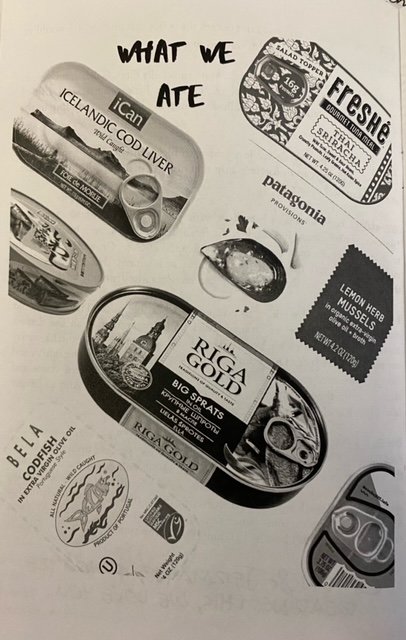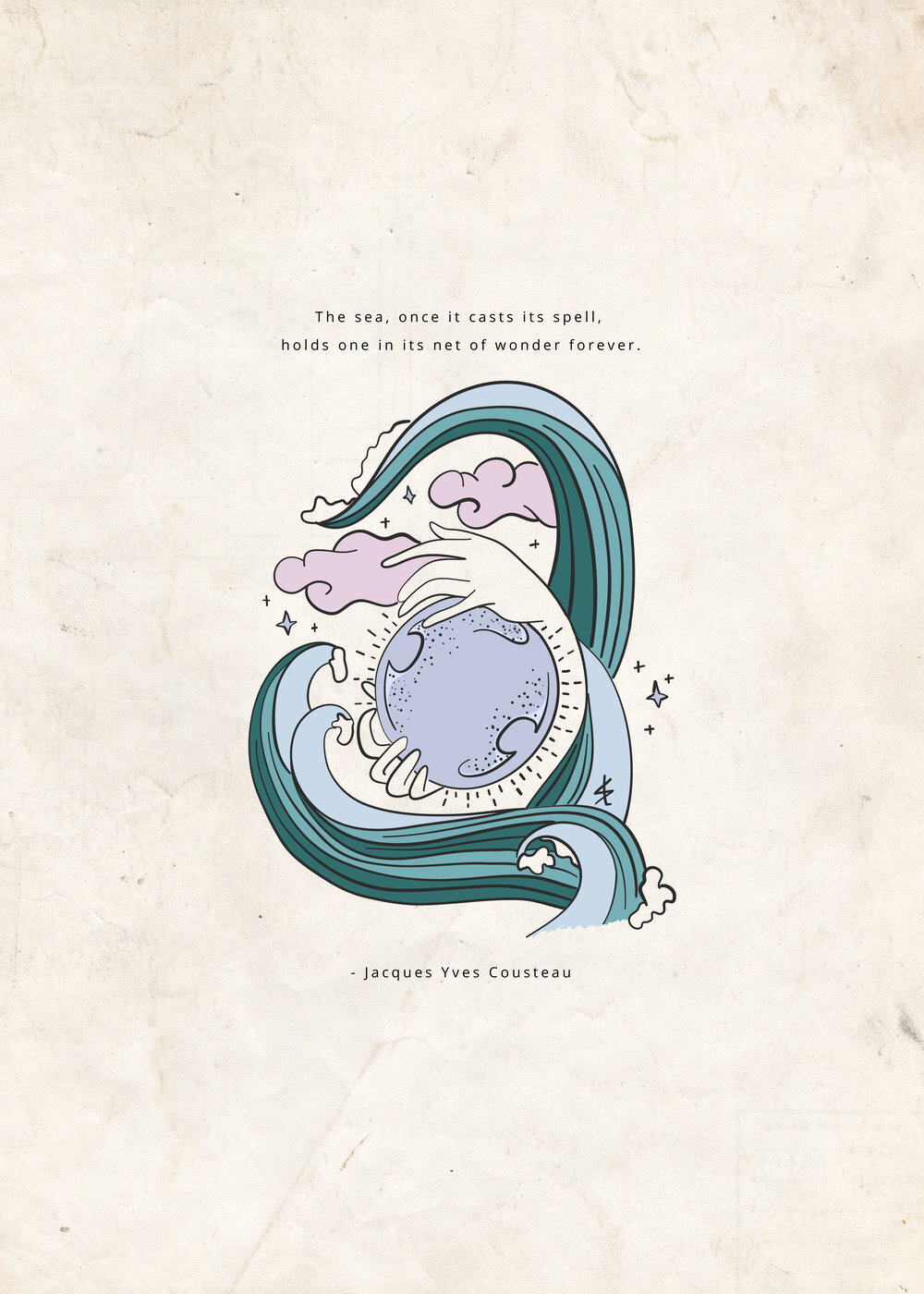People think stadium chefs are uncreative and uneducated carnies that schlep stale hot dogs and pretzels to crazed fans. Maybe that was the case 25 years ago, but "stadium chefs today are creative, out-of-the-box thinkers that hold culinary degrees, great leaders, and look good on TV, if possible," explains Curry.
Slated to begin his fourteenth season in sports, Curry crafts recipes and leads a food service team that prepares culinary delights for thousands at a time during professional baseball games, soccer matches, and industry conferences.
He was ranked a Top 10 Chef in Minor League Baseball by Sports Illustrated in 2010. "It wasn't my favorite dish, but it received the most buzz of anything I've ever done. It was a cheeseburger on an artisan green chili bun, ghost pepper cheese, and topped with a red chili cotton candy poof, called the Tumbleweed Burger," says Curry. Featured around the nation on sports and news shows and even made it to the BBC, and a cooking show called "The Hairy Bikers" that went out of their way to feature it on their show when they were doing a tour of Route 66.
"The year before, I came in as runner up for the best new menu item for Venues Now for a Green Chili Peach Flambé. I honestly liked that item better than the tumbleweed burger (read HERE)," Curry says. In 2019 for the Albuquerque Isotopes, he even received a lot of fanfare for a dish he created and ended up winning the Best New Menu Item by Venues Now (read HERE).
But for Curry, whose accolades designing stadium specialties was the furthest thing from a dream job.
"I remember thinking to myself; there is no way I'd lower myself and my career to that of a stadium chef," Curry recalls.
During the financial crisis of 2007, his Dad had fallen ill. He moved back home to Grass Valley, California, a small town about an hour north of Sacramento that is tucked into the National Forests' line to be closer to his family, leaving a position as Executive Sous Chef at the Marriott in Anchorage, Alaska. "Many restaurants in the area were closed due to hard times. I looked for a job, but they were very hard to come by in the area. Many chefs were unemployed due to closings," states Curry.
For weeks, one particular job that appeared in the paper was a chef position for the Sacramento River Cats, the Triple-A Minor League affiliate of the Oakland A's. "I thought I went to one of the best culinary schools in the country. I worked for premier restaurants, private clubs, ski resorts, and hotels up and down the west coast. Cooking hot dogs and hamburgers was way below me," he said.
His mom finally convinced him to go for an interview advising him that, "It's always easier to find a job when you already have one."
He got the gig, and well, the rest is history.
Curry has been in the food and beverage industry for 27 years. He began his sophomore year in high school as a dishwasher and has worked his way up to currently the Executive Chef AND Director of Food and Beverage at the Rocket City Trash Pandas.
Curry reveals, "to be a ballpark chef, it takes excellent organization, leadership skills, patience, and a good work ethic." He also says, "when you have 200+ employees working for you, you must have patience. You will also put in many more hours than you want. You can't expect your staff to work hard if you are not leading by example." These were skills that he gathered overtime and working with great leaders. "I owe a lot of my success to a GM I had at the Sacramento Rivercats. We butted heads and did not agree for the first half of my second season at the Rivercats. Then something clicked where I put my ego away and realized I could learn a lot from him if I'd stop and listen. It was the most valuable thing I've done in my career to date," he said.
Even though Curry doesn't cook anywhere near what he used to, he explains that his job is more of a Director, which gives his team the information and tools they need to execute successful events, sometimes for ten days or more in a row. "My time is spent writing recipes, scheduling, ordering, inventory, data entry, data analysis, POS systems, research, and spreadsheets. Financial responsibilities like forecasting, budgeting, and cost savings take up a considerable part of my time," he says.
With his new directorial role as Director of Food & Beverage Curry still has a lot to learn as well as learning to playball with other department heads, “I'd be naive to think I'd step into this role knowing the best way to do everything. It's essential that all of us understand what others are going through and what is brought to the table. You don't necessarily have to like your fellow directors, but you have to work well as a team to better the operation. Sometimes ego's get in the way. Or the "this is how I've always done it" mentality. We've all worked hard to get where we are today. I feel I'm more open to suggestions than some I work with. I've slowly realized that I'm not always right or don't always know the best way.”
Not only is Chef Curry dealing with learning how to play ball with other Directors but he is also dealing with curveballs of uncertainty to each event and working with 200+ seasonal, part-time employees also have its challenges. "The call-offs, employee issues, and everything that goes along with relying on a workforce that may or may not feel this is what they want to be doing as a career. When I was working in restaurants and hotels, doing fine dining cuisine, most of my team members were culinary school graduates or had been in the business for a long time and looked at it as a career. The majority of your staff in a stadium environment does not look at the job the same. I am also trying to gauge what 10,000 people may eat during an event. I have a pretty good idea of what will get consumed during most events as I've been doing sports and entertainment for over 12 years. Many factors can swing the attendance of a game, weather, other local events, what players are playing or may not be playing, how the team is doing. I can arrive to work at 9 am, and attendance projections can be at 7,500, but by the time we open gates and get actual attendance, 11,000 could have walked through the gates. It can also swing the other way, which is very tough to plan. You have to be ready for anything."
He is also dealing with 10,000 critics per event experiencing the venue and criticizing it. He also gets negative feedback, such as fans thinking he is "dog shit and should find another career to pursue." Curry explains, "Let's say your venue averages somewhere around 550,000 fans per year for various games, concerts, and special events. You might make 97% of the fans happy, which isn't always the case in sports and entertainment, but that leaves 16,500 folks unhappy, and not raving about your food. And that was hard for me." Curry continues, "I have a passion for what I do. I also must realize I'm putting my trust and faith into a large team of food and beverage folks to execute my vision and do it the same way hundreds of times per event. We are human beings. Not perfect beings. Things will go wrong no matter how well prepared you are. How well your team is trained. How good your recipes and direction are. Once I got over that, I was able to sleep better at night."
There is a massive scope food and beverage prepares for that one may not realize, "the meals in the press box to pre and post-game meals, umpire meals, meals for the bus, catering, picnics, concessions, suites, and sports med stadium club etc. Every single hot dog, orange slice, nacho chip, plastic spoon, ice cream cone, and ounce of soda has been planned, cost out, organized, ordered, counted, and executed. For this to happen, 200 employees have to be driving on all cylinders. Food and beverage is the largest department to staff as a whole. Again, It's not just hot dogs and hamburgers as most think," he explains.
Positive customer service sets many venus apart. Every facet of the stadium operations is essential in the overall positive customer service experience, from the parking attendants to the ticket takers to security to ushers to cleaning crew to food and beverage workers to on-field entertainment to store clerks, and to visual production. "It all comes together for a truly memorable experience for our fans. If one area fails, it starts a domino effect. Suppose a fan has a bad experience in any area, their perception of the real event changes. Of course, I like to think F&B has the biggest shoes to fill, and I will preach that to my team to rally them, but we are only as good as the rest of the stadium operations. So, in other words, we are number one!" Curry laughs.
But Curry is most proud when he works with young kids and molding them into future leaders in the culinary world. "My first sous chef at Raley Field got transferred to be the chef of a large casino in Idaho. My two sous chef at Raley Field was transferred and became the chef for Cal Expo and Bonney Field. My third sous chef at Raley Field was the chef for the El Paso Chihuahuas and is now the chef for the Albuquerque Isotopes. My current sous chef at Toyota Field was a lead cook of mine at the Isotopes and was transferred to be the sous chef for Texas Tech, and then I stole him from there to help me open Toyota Field."
I asked him what he enjoyed most about his job, and he said, "I love getting to be creative and thinking outside of the box. I've had a lot of fun in sports and entertainment. I fell in love with it. I love sports and always have. Even though you don't get to watch much of it or even know which team is winning most of the time, being in the environment is electric. The excitement and the roar of the crowd are intoxicating, and I love the grand scale of it all. There are 75 different areas of a stadium where food and beverage coincide throughout the day. From pre-game meals for the home and away team, post-game meals for both teams, umps, media, multiple concession stands, numerous catering areas, food portables, 35 luxury suites, club areas, restaurants, etc., etc.,"
With his experience working in MLB, NFL, MLS, and many minor league baseball kitchens, he states that "the kitchens and concession stands here at Toyota Field are by far equipped the best I've seen. We are very fortunate here."
If you are curious about Trash Panda food, make sure to head over to Toyota Field this season and get yourself more than just a hotdog!
Ryan Curry is a California native and a graduate of the California Culinary Academy. Curry has 24 years' experience as a professional chef and has worked for Major League and Minor League teams, restaurants, country clubs, resorts, and hotels up and down the West Coast from California to Alaska. Curry also served as Executive Chef for the 2016 Major League Soccer All-Star Game in San Jose, Calif.
He is also the Dad of a sweet dog named Basil.







